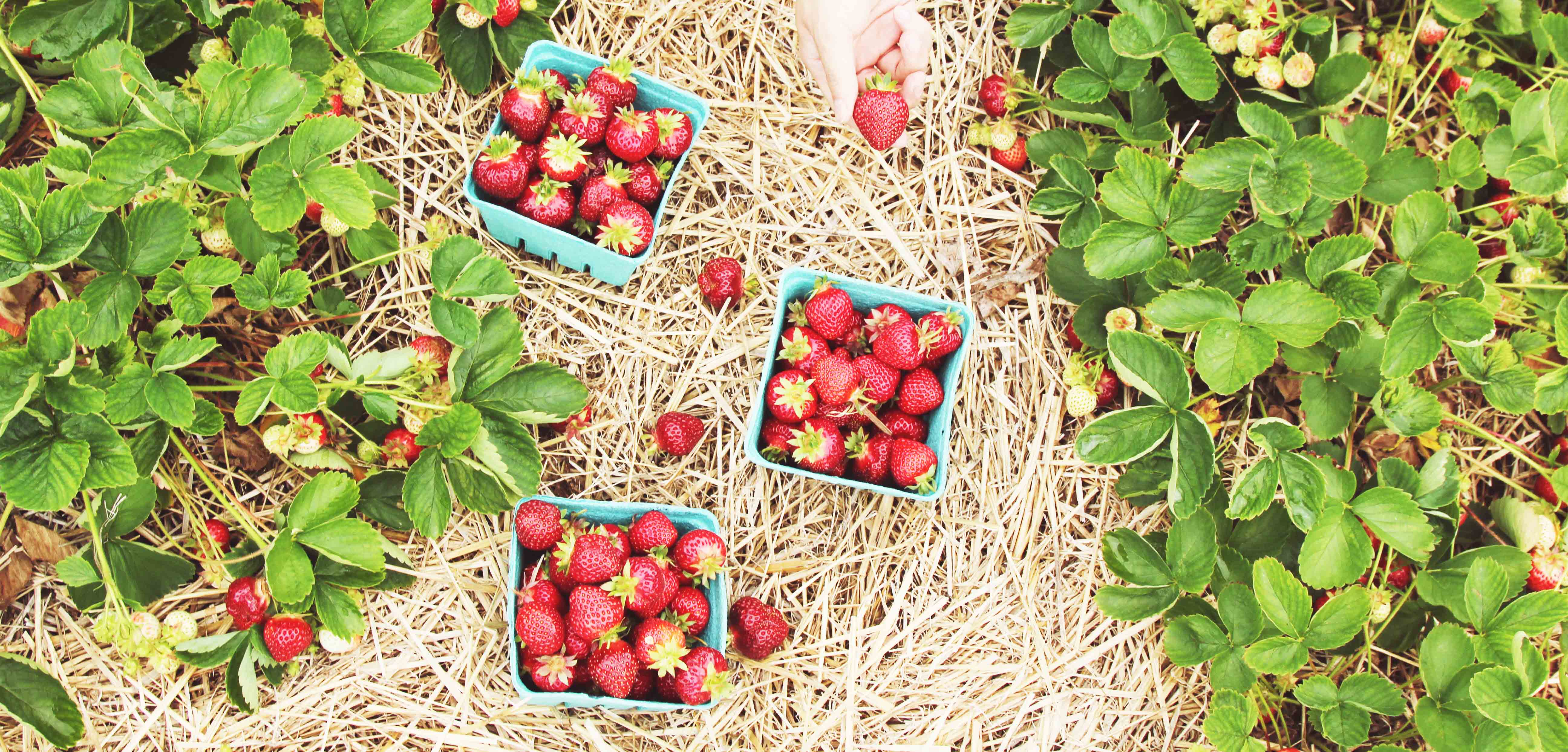
Strawberries remained at the top of this year’s Dirty Dozen™ list, taking first place for produce with the highest levels of pesticide residues. 99 percent of strawberries have pesticide residues and up to 22 different pesticides were found on a single strawberry according to EWG (Environmental Working Group). That includes the following:
Carbendazim (Hormone Disruptor)
Found on 16% of Strawberries
Bifenthrin (Possible Carcinogen)
Found on 29% of Strawberries
Apples ranked fourth on this year’s Dirty Dozen™ list with more than 80 percent of samples testing positive for diphenylamine, a chemical which is banned in Europe. Apples contain an average of 4.4 pesticide residues, so even pesticides found at low levels could pose a health risk.
Another surprising find on this year’s list is spinach. Although it came in second on EWG’s Dirty Dozen™ list, spinach has the most pesticide residues by weight. Spinach also consistently tests positive for some particularly nasty pesticides – like permethrin, a neurotoxic bug killer banned in Europe, and DDT, a toxic pesticide banned in the U.S.
How hazardous are the chemicals used on fruit and vegetables? Some are fairly benign. But others are linked to cancer, reproductive and developmental damage, hormone disruption and neurological problems. For those of us who don’t want to eat pesticide residues and who want to stop fumigants from endangering farmworkers and neighbours of farms, buying organic is a small price to pay. The transformation of strawberries from an occasional treat to a cheap and abundant supermarket staple should serve as cautionary tale about the consequences of chemically driven industrial agriculture.
So, we urge you to take the time to explore the Shoppers Guide to Pesticides in Produce, showing the full list and charts of the “Clean Fifteen and Dirty Dozen” from the EWG 2018.
